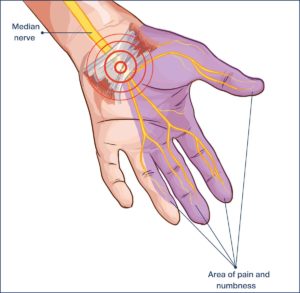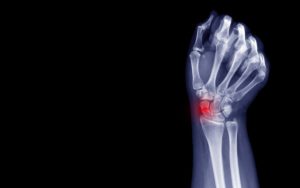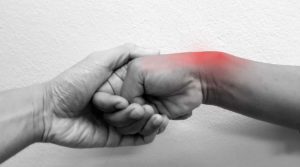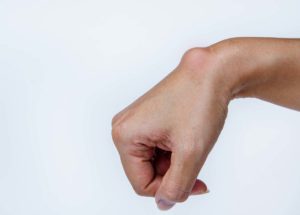
Intersection Syndrome
Typical Symptoms
Intersection syndrome typically causes pain over the top of the forearm when the hand and wrist is extended. It normally affects activities such as low rows in the gym or those taking part in pulling sports such as rowing.
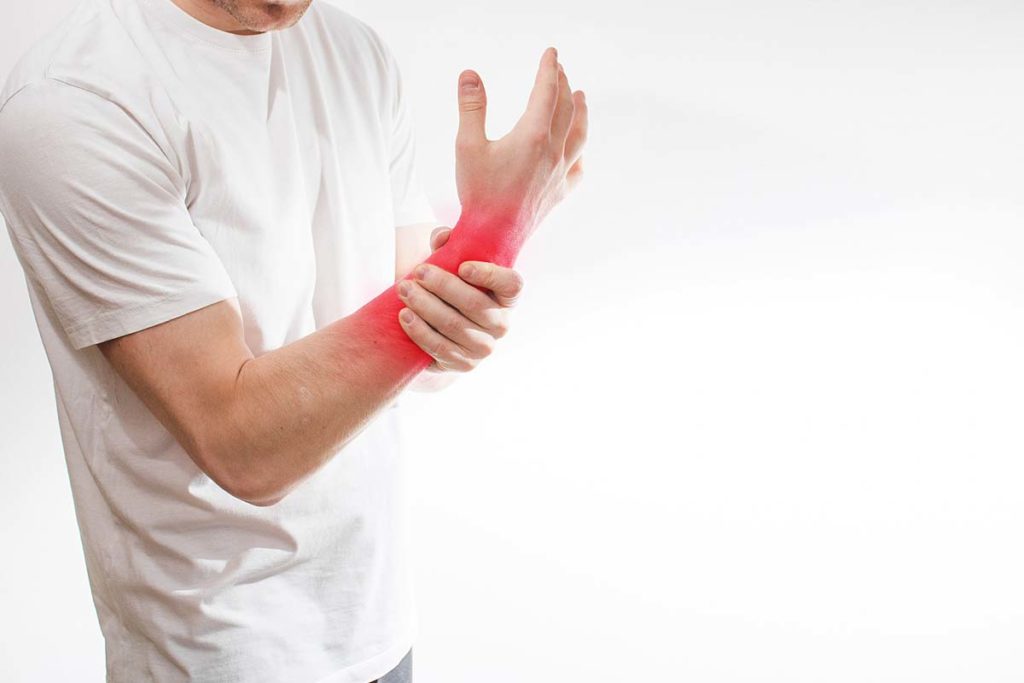
What causes it?
Intersection syndrome develops at the point there two groups of muscles or tendons slide over one another and causing inflammation and catching. Sometimes the symptoms may not come on immediately but can occur after repeating the activity for some time. It is usually localised to a particular area.
One issue to consider is a nerve irritation, particularly the nerve that runs over the top of the forearm. This can cause numbness and pain along the length of the arm.
How can I help myself?
In the first instance, you should consider which activities might be causing the symptoms, and try to modify these or optimise your movements.
If you are a keen rower or play sports, consulting a coach may help or working on overall conditioning can help. Alternatively, you can consider seeing a sports therapist to release the muscle tissue.
If there is swelling or more significant pain, then PRICE and analgesia might be helpful.
When to seek help?
If your symptoms are not improving despite the change in activity or manual treatment, or if things are progressing such that symptoms are coming on earlier and it is affecting your activities, it is probably a good idea to be seen.
What are the treatment options?
Following initial assessment with a history and clinical examination, your clinician might organise an ultrasound of your forearm to assess the location of the pain.
Treatment often relies on physiotherapy and technique modification, but in some situations, your doctor might perform an ultrasound guided cortisone injection for the symptoms. If there is suspicion of other injuries, they may organise an MRI scan and in some situations, a compartment pressure test may be undertaken in case elevated pressure is suspected.

